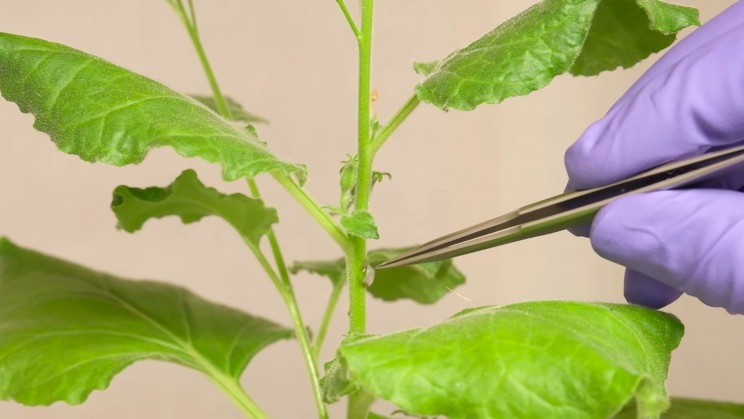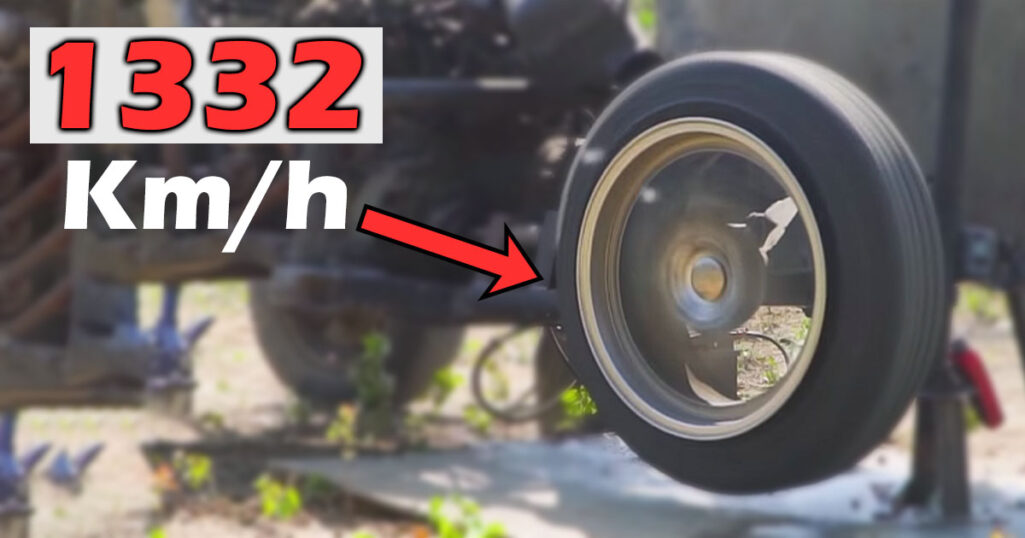
Imagine being able to question about why your fiddle leaf fig’s leaves have turned brown and crispy or asking your apple tree what the right time to harvest is. Interacting with plants, though it may sound like something out of Little Shop of Horrors, is not as far-fetched as it may seem.
Researchers from Singapore’s Nanyang Technological University developed a mechanism that can transmit electrical signals to and from plants, allowing for communication. The gadget, described in two papers published in Nature Electronics and Advanced Materials, won’t let you talk to your sunflowers, but it will track how the plant reacts to its surroundings and send movement commands to the plant.
The researchers had to work out how to evaluate the electrical signals produced by plants in order to accomplish this task. Electrodes are typically used for electrical stimulation, but they couldn’t be used in this case due to the plant’s hairy and bumpy surface, which makes electrodes difficult to stay attached to. To address this problem, the researchers created a gel-like “morphable” electrode that could be attached to the plant’s surface.
Experiments with the Venus flytrap
The morphable electrode successfully relayed the signals emitted by a Venus flytrap when it was tested. But the researchers didn’t stop there; they tried “talking” to the plant as well.
When they pulsed a certain frequency through the electrode, they were able to get the plant to close its leaves on request. In similar research published in Nature Electronics, the researchers were able to link the Venus flytrap to a robotic arm and command it to close and catch a piece of wire.
Professor Loh Xian Jun, co-lead author of the Advanced Materials study, said in a statement, “The device can now stick to more types of plant surfaces, and more securely so, marking an important step forward in the field of plant electrophysiology,” “It opens up new opportunities for plant-based technologies.”
What are some of the programs that might be used?
The researchers hope that their study will aid in the development of active crop tracking devices that will help in the fight against food shortages caused by climate change.
“By monitoring the plants’ electrical signals, we may be able to detect possible distress signals and abnormalities,” said lead author Professor Chen Xiaodong. “When used for agriculture purposes, farmers can be able to detect disease early on, even before full-blown signs, such as yellowed leaves, occur on the crops. This will allow us to act rapidly in order to optimize crop yield for the population.”
Furthermore, this technology may be used in robotics. Plant-based robotics could gently pick up delicate items, according to scientists.
You can see the electrode in practice in the video below:




